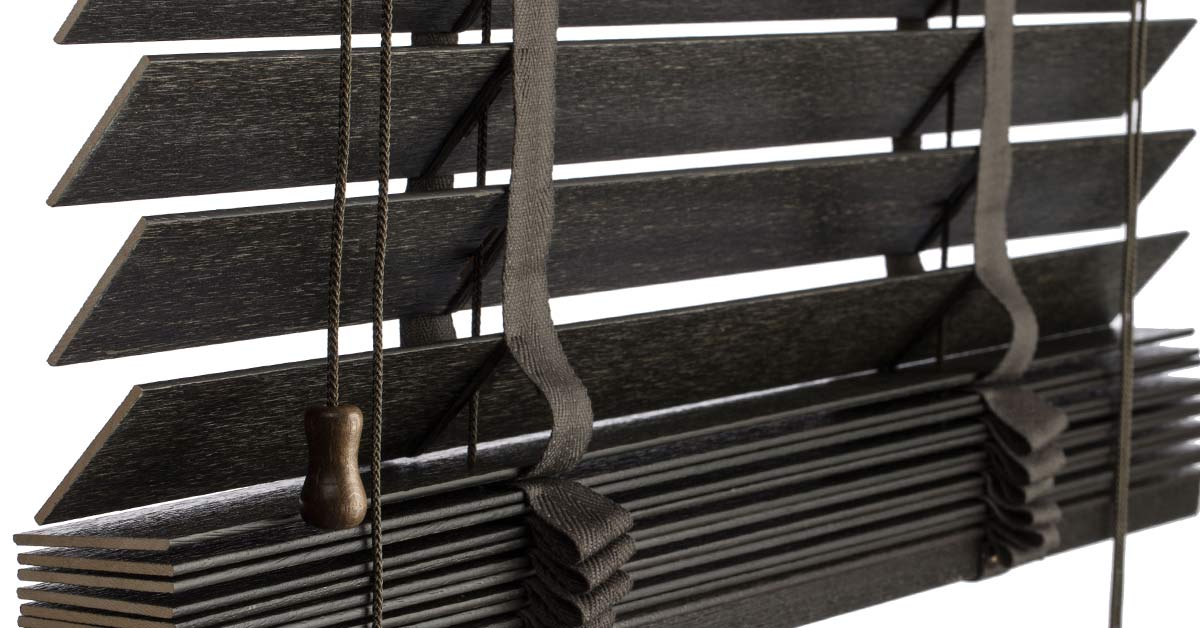External venetian blinds became popular in this country several years ago, thanks to a combination of practicality, flexibility and an attractive price/quality ratio.
The façades of Italian buildings have been “adorned” over the years by the installation of those green external venetian blinds, which we’re sure you’ve seen often and possibly had or still have in your home.
External venetian blinds: practicality and aesthetics
Their less than attractive appearance was compensated for by the ability of external venetian blinds to transform the balcony or terrace into a cooler place with greater privacy, simply by adjusting the angle of the slats.
Over the years, fortunately, manufacturers of venetian blinds have begun to pay much more attention to design and style, creating solutions capable of enhancing the exterior of houses and buildings.
In aluminium, wood or PVC, you’ll be spoilt for choice when it comes to buying external venetian blinds.
Let’s take a look at some of the elements you’ll need to consider before choosing the right external venetian blind for you.
External venetian blinds: aluminium, PVC or wood?
As mentioned earlier, the outdoor venetian blinds on the market are mainly made from three materials, aluminium, PVC (i.e. plastic) and wood.
The choice of an external venetian blind cannot be made without considering the material, as it implies different costs, maintenance, aesthetics and durability.
Aluminium is a light and very strong material; economical, and very good value for money. These characteristics can also be found in PVC venetian blinds, which are however slightly more expensive.
The most aesthetically pleasing solution is undoubtedly wood, but it is less durable than aluminium and PVC (even if manufacturers apply special protective treatments), much more expensive and requires more maintenance, because wood is more easily affected by exposure to atmospheric agents.
That said, the choice must also take into account purely personal evaluations, linked to the architectural style of the building, the aesthetic result desired, and subjective tastes which, being personal, can’t be subject to discussion.
External venetian blinds: slat widths
Not all external venetian blinds are the same, not only in terms of the material they are made of, but also in terms of the structure of the product.
We need to differentiate internal or external venetian blinds by carefully considering one element: the width of the slats.
Commercially available venetian blinds have slat widths ranging from 15 mm to 50 mm.
For interiors, we usually recommend 15 or 25 mm wide venetian blinds, which are more aesthetically “delicate”, while for exteriors we prefer 35 and 50 mm.
The reason why it is preferable to use wider blinds for exteriors is that they are more robust and weather-resistant, provide greater durability and offer a better view from inside to outside.
The aesthetic aspect shouldn’t be underestimated, however, as the wider slats have a stronger impact on the overall appearance of the façade.
External venetian blinds: standard sizes or made-to-measure?
There are a multitude of ready-to-install, standard-sized Venetian blinds available on the market that can be purchased and installed without any particular concerns.
However, the design of your balcony or terrace does not always allow for the use of standard venetian blinds, making it necessary to customise – for example, a trapezoidal venetian blind.
In addition to structural reasons, the choice of tailor-made venetian blinds could also be the result of aesthetic considerations.
For example, you may want to buy blinds that are wider than standard blinds to avoid having two blinds placed side by side along the balcony, or you may have special colour requirements that are not included in the catalogue, or you may want to choose the fixing bracket, the type of operation or the guidewire for opening, closing and tilting the slats.
Buying made-to-measure external venetian blinds involves a slight increase in cost, but a much better return, as they are tailor-made for your needs.
External venetian blinds: manual or motorised operation?
External venetian blinds have two types of operation, manual or motorised. The manual version is the traditional one we are all familiar with, with cords to raise or orient the slats.
This is a fairly inexpensive solution. Then there are manual venetian blinds, but with a winder mechanism that eliminates the hassle of ropes.
Manual venetian blinds are certainly simple and practical, but never as convenient as the motorised version.
Having an electric venetian blind allows you to manage everything much more conveniently, simply by operating the movement with a remote control, a wall-mounted button or modern home automation systems.
Conclusion
If you are thinking of buying new external venetian blinds, it pays to be well informed so that you can come to the decision-making stage with clear ideas.
Then, contact professional installers who can give you the best advice and carry out the installation correctly and safely.

